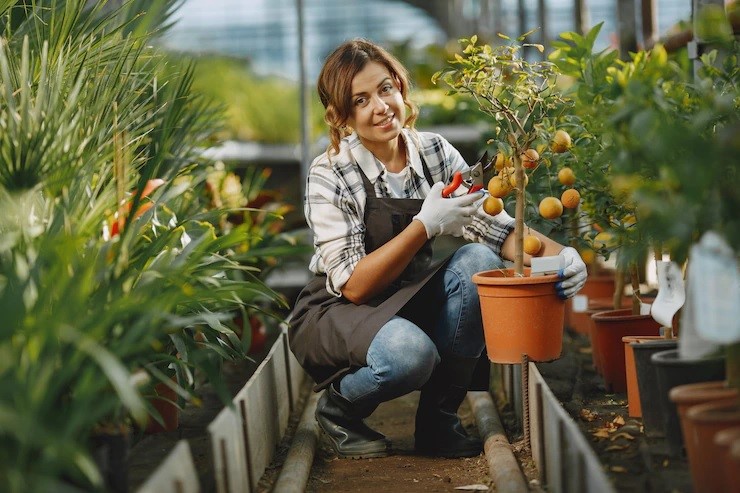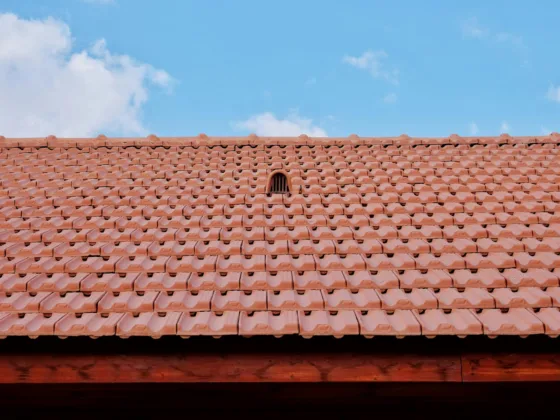Table of Contents Show
An excellent way to benefit both you and your community is to plant a garden in and around your house. There’s no need to argue over it as long as you have it. To be more precise, it’s an absolute must. There are several benefits to having a garden in or around your house.

Around our houses, gardens attract life, but they also provide much-needed fresh air. The nectar of the flowers attracts beautiful birds attracting attractive people. Tending home and garden regularly is a physical activity that benefits your general health.
To begin a beautiful and soothing garden around your house, these are the things you need to do.
● Consider The Plants You’ll Be Putting in Your Garden
What are your plans for the garden? Growing herbs? Plant veggies and herbs that your family will eat or be willing to try if you want them to contribute to your dinner table.
Choose between annuals that bloom all summer but need to be replanted each spring or perennials that have a limited bloom period but return year after year if you want flowers with flair, color, and smell.
Beautiful gardens may be created with any of them or even a mixture of them, but they each demand a different level of care.
Read Also:
● Select Location
Following selecting a kind of garden, the following step is to choose a location for the garden. Considering the sort of garden, you’re cultivating, and the quantity of sunshine the plants need to thrive.
● Clear The Soil
Remove weeds and sod from the planting area. Spade into the ground and remove the soil. Section the sod and place it in your compost pile to simplify removal.
● Prepare Soil
Once the grass has been removed, the next step is to focus on what is underneath it. Preparation and improvement are required before it is ready to accept plants.
In most cases, this is done by incorporating organic matter into the soil, such as composted manure or grass clippings. Soil nutrients, critical to a flourishing garden, will be improved.
● Prepare Garden Beds
Preparing fresh beds for planting or sowing by loosening the soil allows roots to develop more freely and access water and nutrients. Tilling may be accomplished in two ways: mechanically with a rototiller or manually with a shovel.
You compress the soil when you walk on freshly prepared beds, so temporarily use plywood planks to disperse your weight more evenly.
● Start Planting
Put your plants in the ground after you’ve chosen them. Plants, on the other hand, follow a seasonal growth cycle. What to plant where and when depends on how much time and effort you put into your study. You should be able to estimate their depth and spacing before you begin planting.
● Providing The Right Amount of Water
Daily watering is essential for healthy seedling growth. As the plants grow, the growth rate slows. Until the roots of the transplants get established, it is necessary to water them often (every other day or so).
Weekly watering is an excellent place to start, but how frequently you need to water after that depends on your soil, humidity, and precipitation.
Conclusion
The steps mentioned above will get you started on the path to a beautiful and flourishing backyard garden. You may now begin cultivating a lovely garden of your own. Keep up with your garden duties while your garden grows to its full potential.









